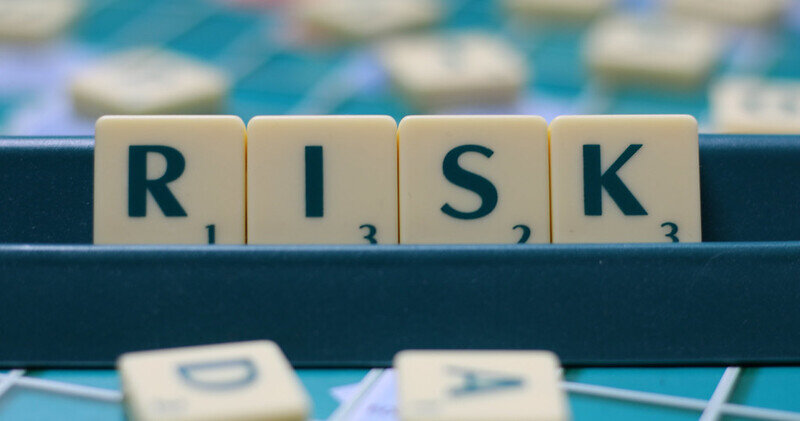I recently came to the conclusion the other day that my child does not, in fact, have brain damage.
This despite outward signs of impairment: difficulty staying on task, emotional volatility, inability to read and write fluently.
In his defense, he is a seven-year-old.
This realization started as we were reading a bedtime story together. T is working on his reading skills and had arrived at a challenging sentence.
We do a lot of work around developing a growth mindset in our family. But staying with something difficult is still really hard.
In that moment, T backed off from the challenge and redirected himself to anything else: rolling around on a yoga ball, jumping off the bed, looking out of the window, and opining on the merits of various construction strategies in Minecraft.
For whatever reason, I was able to detach from my usual drive toward bedtime and just observe him. It was lovely.
What I remembered in that moment was: while T doesn’t have brain damage, he also doesn’t have the same brain that you and I, dear reader, possess.
His brain lacks a robust prefrontal cortex (PFC). This part of the brain drives what neuroscientists call executive function: the ability to pay attention, to plan, to see the consequences of behavior, and to control impulses, among other things.
From the perspective of a parent, this can be… how to put it… infuriating.
But it’s also tremendously powerful. As the PFC develops, kids get better at focus and attention. But until about age 25, it remains underdeveloped. As a result, adolescents are willing to take many more risks.
Or, in the words of science: “Due to immature functional areas in the prefrontal cortex, adolescent teens may take part in risk-seeking behavior including unprotected sex, impaired driving, and drug addiction.”
Wow, that sounds bad! Why would evolution set us up to take a bunch of risks? Let’s turn, again, to science:
Risk-taking serves as a means of discovery about oneself, others, and the world at large. The proclivity for risk-taking behavior plays a significant role in adolescent development, rendering this a period of time for both accomplishing their full potential and vulnerability… risk-taking behavior is a normal and necessary component of adolescence. [emphasis mine]
I’ll take this one level beyond the data by adding my own hypothesis: evolution sets us up to take risks—not just because it helps us to develop as individuals, but because it pushes us to try new things as a society.
I’ve written before about how change is built around threshold effects. As we observe others participating in an activity—whether that is adopting a new technology or marching for equal rights—we’re more likely to do it ourselves.
Segments of the population that are more risk-seeking are likelier to be first movers who spur change for us all.
This is a powerful observation. From an organizational lens, it suggests that innovation happens by respecting and incorporating the views of our most junior members. But hierarchy tamps down their views. Instead, change is usually a mandate from the top that’s pushed down.
It’s not that every change suggested by a junior hire will be a good one. It’s that some percentage of their ideas should be considered and tried, rather than relegated to the “that’s not how things are done here” suggestion box.
This jives with my experience. In doing innovation work with organizations, one of my guiding beliefs is that groups already possess the wisdom to create their own change.
It’s a matter of creating a structure and a space for discussion. It’s a matter of creating parity between senior leaders (who often have great ideas) and voices that may not otherwise have a forum to contribute (who often have great ideas).
It’s a matter of figuring out ways to prioritize and test those ideas.
And it’s a matter of thinking carefully about the people not in the room. Who among them will an idea resonate with? Who will resist? And who will be on the fence but will move if they understand the benefits of a new approach?
How have you seen change work (or not work) in your organization(s)?

